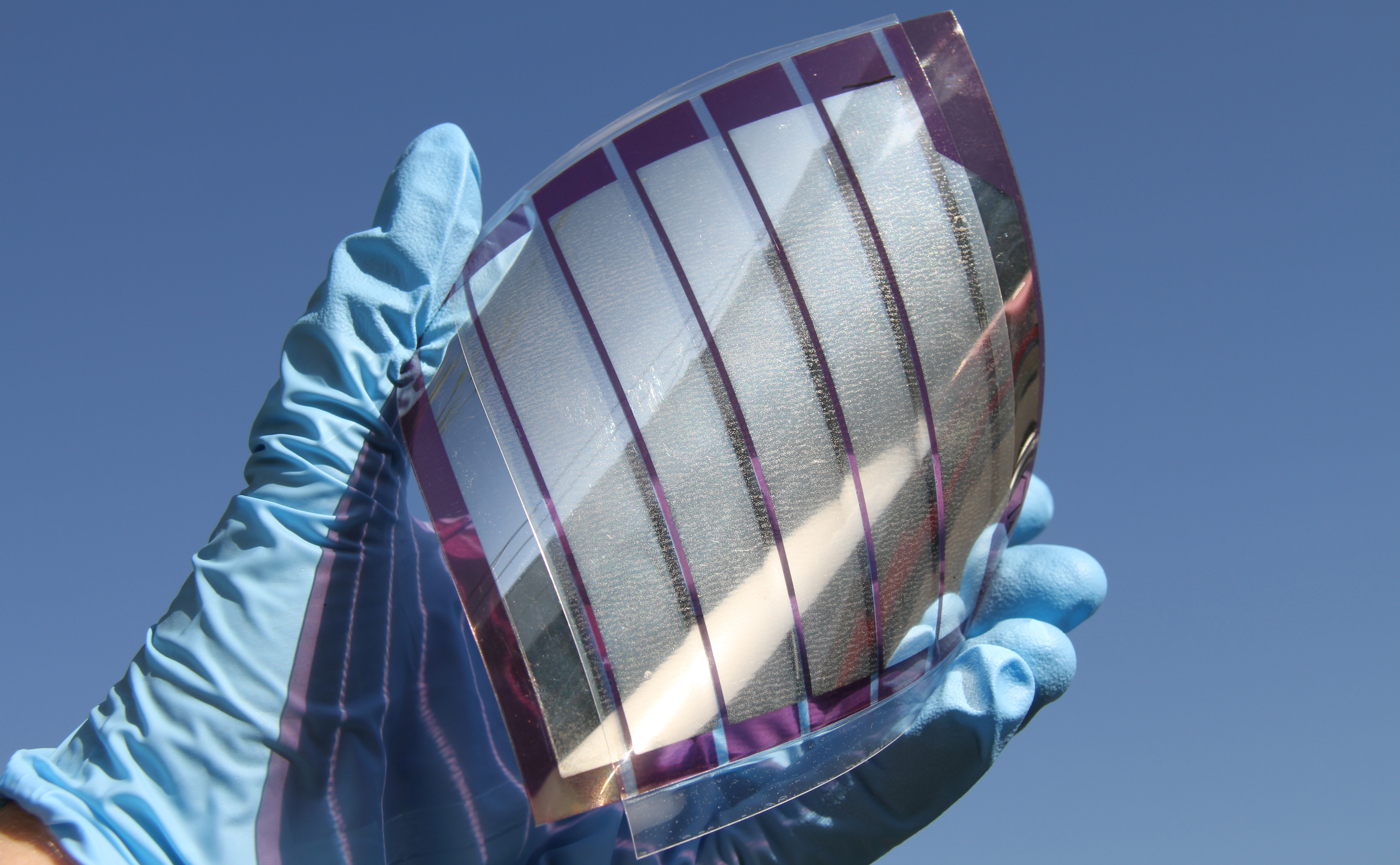We are leading the way in the development of low-cost, environmentally friendly production methods and flexible materials that could change how and where photovoltaic energy can be generated.
The challenge
High cost and complex production of solar cells
The high cost of silicon solar cells and their complex production process has generated considerable interest in developing alternative solar cell technologies using organic photovoltaics. The benefits of using organic photovoltaics for the production of solar cells includes its low-cost, environmentally friendly production methods, and the ability to mass produce. It will also result in a marked change in how and where energy can be generated.
Our response
Cheaper, longer lasting cells
We have committed to making photovoltaic solar cells – a commercialised, readily-available solar technology – cheaper, longer lasting and more environmentally sustainable. Photovoltaics (PVs) involve the conversion of light into electricity at the atomic level. Materials are selected or designed to absorb photons of light and release electrons. When these electrons are captured, electricity is created.
The benefits of using organic photovoltaics (OPV’s) for the production of solar cells include low-cost, environmentally friendly production methods and a light weight flexible substrate that allows a marked change in how and where energy can be generated.
Challenges facing developers include how to improve conversion efficiency, as OPV’s are currently considerably less efficient than silicon cells at converting light to energy. Most of today’s commercially available solar cells are made from high-purity semi-conductor or solar grade silicon, which makes the cells expensive.
We are investigating new organic materials (like plastic, which can be printed) and other technologies that will create the next generation of solar cells – they will be lighter, more flexible, attractive and, most importantly, cheaper.
